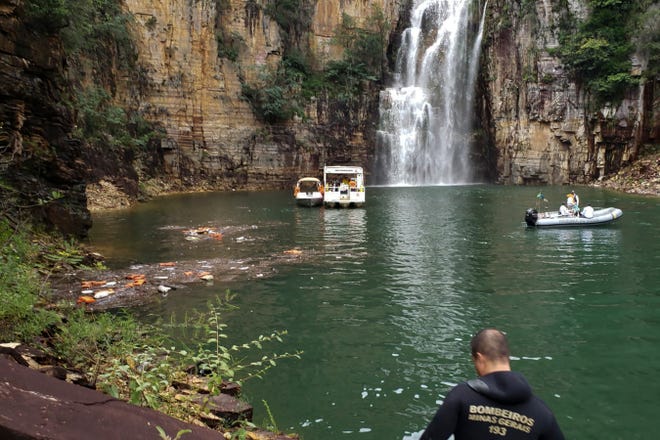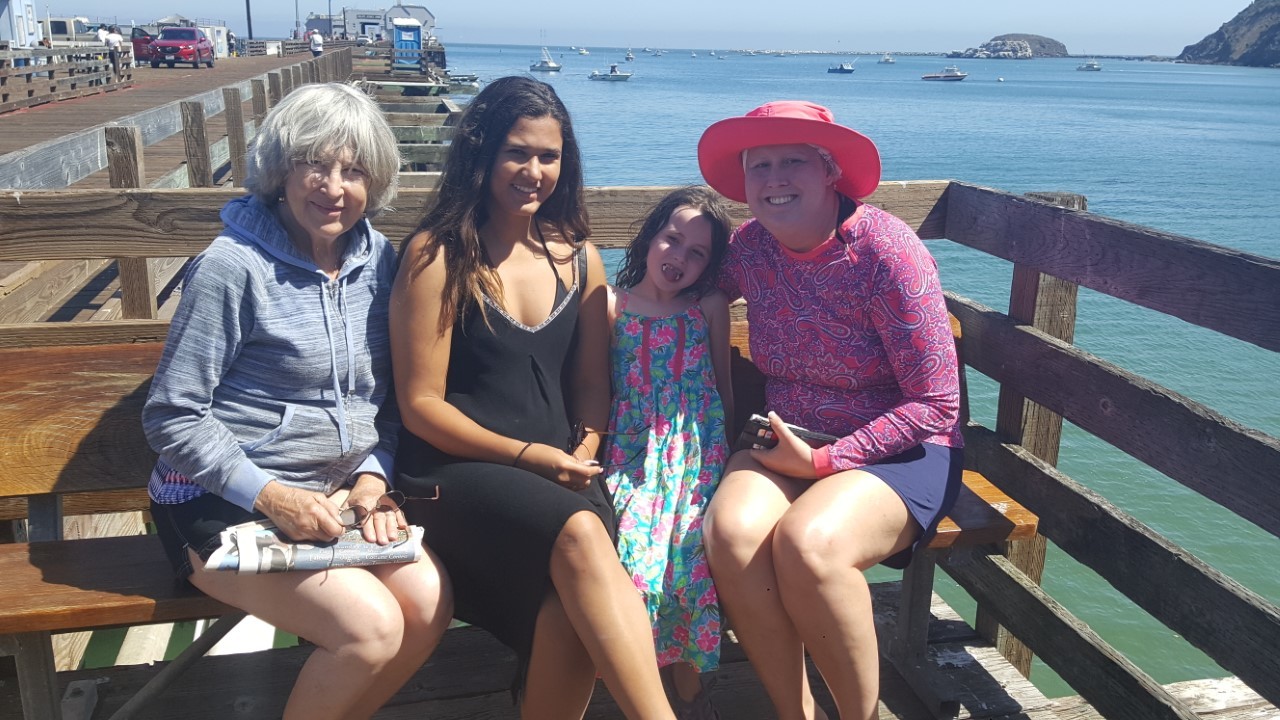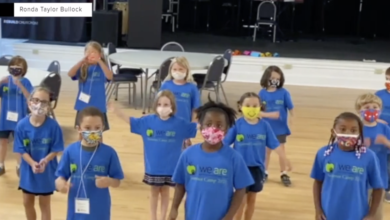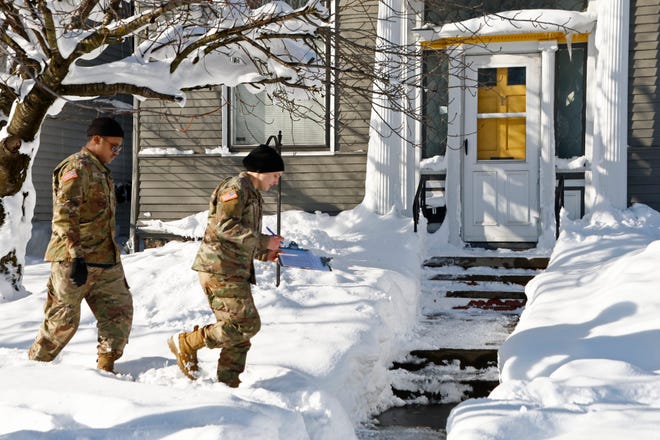

Fellow tourists were taking photos of the towering Brazilian cliffs that loomed over their small boats when Andréia Mendonça noticed some pebbles cascading down into the water around them.
Mendonça later would tell Jornal O Globo that she mentioned the pebbles to her boat's captain, who shrugged it off.
'When I looked again, that huge rock was already falling, that huge piece of rock," she told the publication. "I looked at the many boats below ... a horrible scene."
Video from the scene Saturday captured the horror as a wall of rock multiple stories tall tumbles from the cliffs, slamming across at least one of the small boats in Furnas near Capitolio – a tourist destination about 180 miles west of the state capital of Belo Horizonte, a city of 2.7 million people.
10 DIE WHEN BRAZIL CLIFF WALL COLLAPSES: Tragedy caught on video
Her captain hustled her boat away from the collapse, but many were less fortunate. At least 10 people died, and coroners working to identify the victims were challenged by the ″high energy impact″ of the rock on the boaters, regional police official Marcos Pimenta said. He said authorities were using tattoos and personal objects such as rings to tentatively identify the victims until confirmation from DNA testing.
Divers searched the lake for a third day on Monday, trying to ensure that no other bodies were trapped below the surface. Thirty-two survivors were taken to hospitals, some with serious injuries.
Minas Gerais Gov. Romeu Zema pledged "solidarity with the families" of those killed or injured and promised a thorough investigation would take place.
"We are on high alert due to the high volume of rain that fell in several parts of Minas," Zema said, adding that authorities were "acting to contain the risks through the civil defense" and other agencies.
Zema said heavy rains in recent weeks have overwhelmed the region, driving more than 17,000 people from their homes and possibly adding to the instability of the cliffs. Last week, the Brazilian government expressed gratitude to the United States for providing funds for cleaning, hygiene and kitchen kits for those displaced by the flooding in the neighboring state of Bahia.
The Brazilian navy was aiding the rescue and said it would investigate the accident.
Capitolio Mayor Cristiano Geraldo da Silva acknowledged that a geological risk analysis study was never carried out at the place where the rock wall collapsed.
"From now on, yes, we need to analyze this," he told UOL news. "Was it a fault on the part of those who explore tourism? I do not think so."
Furnas Lake was created in 1958 as part of a hydroelectric plant. It's a popular tourist area, and Capitolio, which has about 8,400 residents, can draw 5,000 visitors on a normal weekend and up to 30,000 on holidays.
Contributing: The Associated Press







